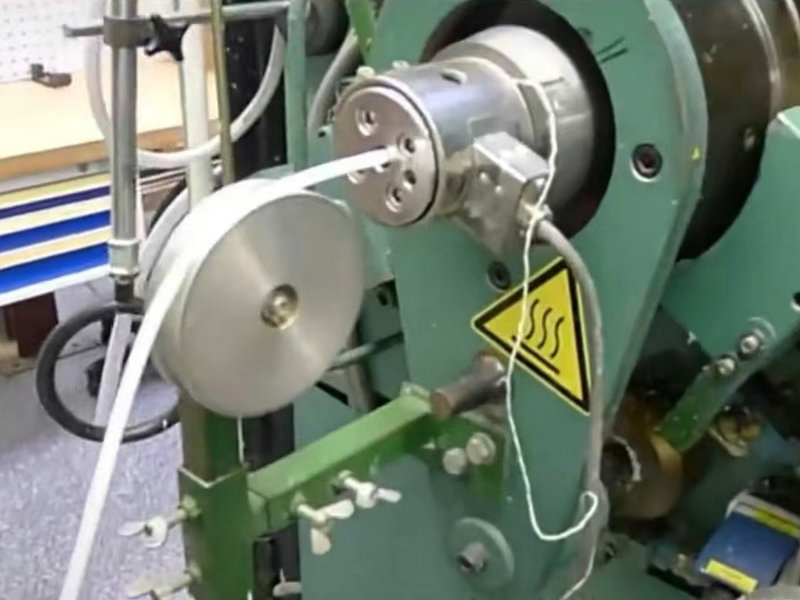
Title: The Innovation and Applications of MBR Hollow Fiber Membrane Technology The advancement in wastewater treatment has always been a critical aspect of environmental conservation. Among various cutting-edge technologies, the MBR (Membrane Bioreactor) hollow fiber membrane stands out for its efficiency and versatility. This article delves into the innovative features and multifaceted applications of MBR hollow fiber membranes, highlighting their impact on modern water treatment processes and sustainability efforts. Understanding MBR Hollow Fiber Membranes MBR technology is an integration of membrane separation with traditional biological treatment processes. In this context, “hollow fiber” refers to the design of the membrane, which consists of numerous tiny tubes that are bundled together. These tubes have a semi-permeable surface that allows water to pass through while retaining larger particles and contaminants. The hollow fiber configuration maximizes surface area within a limited space, thereby enhancing filtration efficiency. One of the primary advantages of MBR systems over conventional activated sludge processes is their ability to produce high-quality effluent. The fine pores of the hollow fiber membrane ensure that even microscopic contaminants are removed from the water. Moreover, the biosolids concentration can be maintained at higher levels without affecting the quality of the treated water, which translates into more compact system designs and less space requirement. Innovative Features of MBR Hollow Fiber Membranes The innovation behind MBR hollow fiber membranes lies in their unique structure and functionality. Unlike flat sheet or tubular membranes, hollow fiber membranes offer a higher packing density per unit volume, leading to increased efficiency and reduced footprint. Additionally, these membranes can operate at lower transmembrane pressures, resulting in energy savings during the filtration process. Durability is another hallmark of MBR hollow fiber membranes. Made from robust materials such as polyvinylidene fluoride (PVDF), these membranes withstand harsh chemicals and mechanical stress, ensuring longevity and reliability in demanding environments. Furthermore, the self-cleaning properties of hollow fiber membranes reduce the frequency and intensity of cleaning cycles, thus lowering maintenance costs. Applications Across Various Sectors MBR hollow fiber membranes have found applications across diverse sectors due to their adaptability and effectiveness. In municipal wastewater treatment plants, they enable the upgrading of existing facilities or the establishment of new ones with limited space availability. Industrial effluents, often containing complex pollutants, are also effectively treated using MBR systems, allowing for recycling and reuse of water in manufacturing processes. Hospitals and healthcare facilities benefit from MBR technology by achieving stringent discharge standards required for pharmaceutical and laboratory wastewater. The technology is equally relevant in the food and beverage industry, where it ensures the removal of pathogens and organic substances, safeguarding public health. In a broader environmental context, MBR hollow fiber membranes contribute to sustainable water management practices. They support decentralized wastewater treatment solutions in remote or underdeveloped areas, addressing local water scarcity issues. Furthermore, by enabling the recovery of reusable water, MBR systems help conserve natural resources and mitigate the effects of over-extraction and pollution. Conclusion In conclusion, MBR hollow fiber membrane technology represents a significant leap forward in the realm of wastewater treatment. Its innovative design, operational efficiency, and broad applicability make it a cornerstone of modern water purification strategies. As we continue to face global water challenges, the adoption and further development of MBR hollow fiber membranes will undoubtedly play a crucial role in fostering a more sustainable and water-secure future.



